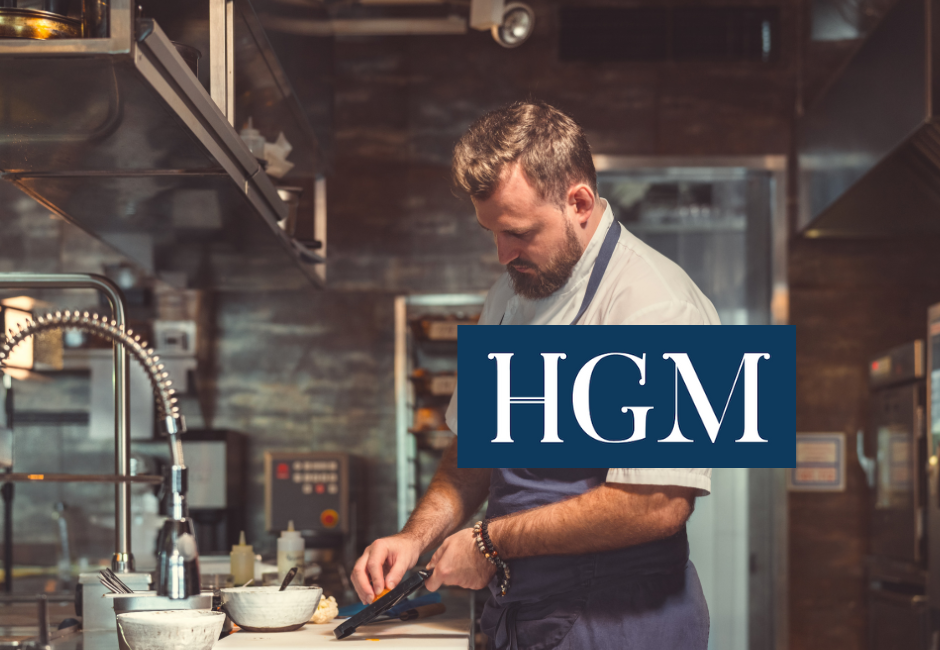We’ve all been there. The head chef creates a menu tasting launch event at which restaurant staff and management all sit down to coo over the latest creations from the kitchen. Such events are motivational and are often heralded as a big tick in a properties development.

Quite often the quality and precision demonstrated within the menu launch is sustained across the 3-4 month period of the menus life. Well done if this is the case. More often however, quality and precision within the menu begins to drift, a situation all stakeholders need to recognise and avoid.
From a slightly delusional standpoint everyone who attended the menu tasting screws down a group belief that what they enjoyed within tasting will forever be the standard which in turn helps defend against guests who might subjectively decide they didn’t like their meal.
So if you want to ensure your menu is delivered on day 120 as it was on day one, assess where you fit into the potential pitfalls below.
10 points to avoid.
1. The menu tasting is delivered by the kitchens A team with no involvement of junior staff.
2. The menu tasting is the first time some of these dishes have ever been created. The dishes haven’t been stress tested from an engineering standpoint.
3. The menu tasting isn’t documented in terms of recipes, photography and video that are shared globally within your business.
4. The menu tasting involves just 1 – 4 dishes and hasn’t included the dynamics of bulk mis en plac cycles.
5. The menu tasting dishes are often cooked fresh. Menu tasting dishes are not sourced from ingredients and mis en plac within what will become their natural cycle.
6. Monitoring dish execution and delivery doesn’t take place over time as different chefs begin to take on their own vision of the dish. At this point everyones forgotten the menu tasting.
7. Overstretching. Stunning dishes may be created in isolation of reality, the reality being that the dishes may be too complex and time consuming to deliver a manageable mis en plac shift and service. Lengthy delays and pinch points become frequent during service.
8. The kitchen plans to its ego led strengths not realising that in the day to day flow of the kitchen, young chefs lack sufficient capability and skill to deliver the dishes expected.
9. You have inconsistent suppliers who despite reassurances can’t guarantee consistent quality produce.
10. Your new menu needs to be able to flex and bend to cover holidays, being short staffed and potential sickness. Creating a menu that pushes your team from day 1 will collapse at the first hurdle if you don’t have the right amount of senior and junior chefs with the right skills and capability.
It’s imperative that before a new menu is launched that the GM undertakes a briefing with the head chef around potential Menu Drift and what strategies are in place to mitigate against failure.
Avoiding Menu Drift will avoid disappointment from your diners. It just takes one returning diner to experience a lower standard than what was served previously to lose that customer.
If you’re looking for pre menu launch support, or for me to attend your menu tastings (for which I do quite a few), get in touch today info@hotelgeneralmanagers.com


